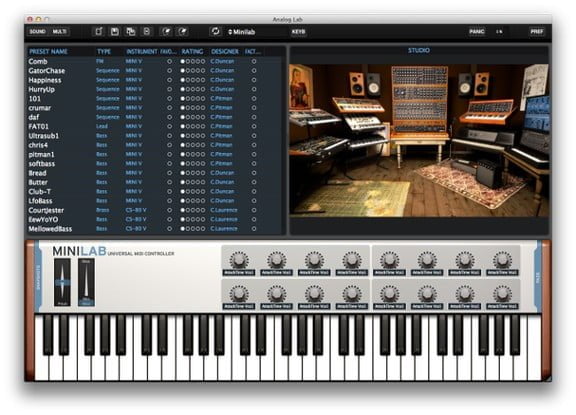
Manual Hoist Inspection
Our manual hoist inspection, repair & certification services are carried out on-site or in our Hercules SLR rigging shops at various locations across the country, by our LEEA trained and certified inspectors. Services include inspection (non-destructive testing, proof-testing, etc.), repair &.
Quick Tips #328Backgroundcommonly are found in many industries. They can be made with chain or wire rope and can be operated manually or with electric or air power. These units can be an essential part of a production line used to load raw materials or move finished goods. As vital as they can be to the production line, they are often some of the more neglected equipment in a facility, many times only getting attention after they fail or are no longer functioning. Preventive maintenance and frequent overhead hoist inspection can prevent costly downtime and potentially dangerous situations.Overhead Hoist RegulationsOverhead hoist inspection and testing requirements, specifically for underhung overhead hoists, are not found in an OSHA standard. Some relevant information can be found in general industry standard 29 CFR 1910.179, which addresses overhead and gantry cranes.
Other general requirements can be found in construction standard 1926.554. The standard that most specifically addresses the requirements of overhead hoists is an ASME/ANSI consensus standard, B30.16 for overhead hoists (underhung). This standard is part of the B30 series of standards from the American Society of Mechanical Engineers (ASME) on cableways, cranes, derricks, hoists, hooks, jacks. Some of the highlights of the inspection requirements from the B30.16 standard are outlined below. XNotes:. By operator or other designated person with records not required.
Visual inspection by a designated person making records of conditions to provide the basis for a continuing evaluation. As in Note 2 unless conditions indicate that disassembly should be done to permit detailed inspection.Reprinted from ASME B, by permission of The American Society of Mechanical Engineers. All rights reserved.Table 2 - Inspection for Electric- or Air-Powered HoistsNormal ServiceHeavy ServiceSevere ServiceItemVisualMonthly(Note 1)RecordYearly(Note 2)VisualWeekly(Note 1)RecordSemiannually(Note 3)VisualDaily(Note 1)RecordQuarterly(Note 3)Frequent Inspection (Refer to para. 16-2.1.2)All functional operating mechanisms for maladjustment and unusual sounds.
XNotes:. By operator or other designated person with records not required.
Visual inspection by a designated person making records of conditions to provide the basis for a continuing evaluation. As in Note 2 unless conditions indicate that disassembly should be done to permit detailed inspection.Reprinted from ASME B, by permission of The American Society of Mechanical Engineers. All rights reserved.Commonly Asked Questions Q.Does the OSHA standard 1910.179 on overhead and gantry cranes apply to overhead wire and chain hoists?A.Not specifically. Many of the requirements are the same, but underhung hoists are specifically addressed in the consensus standard ANSI/ASME B30.16. For more information, see.Q.Can OSHA cite me for not following a consensus standard?A.Yes. Industry consensus standards might be evidence that a hazard is recognized and there is a feasible means of correcting such a hazard.
If you do not follow the consensus standard, it is possible to be cited under the general duty clause.SourcesASME/ANSI B(Rev. Find even more information you can use to help make informed decisions about the regulatory issues you face in your workplace every day. View all Quick Tips Technical Resources at www.grainger.com/quicktips.Think Safety. Think Grainger.
®Grainger has the products, services and resources to help keep employees safe and healthy while operating safer facilities. You’ll also find a network of safety resources that help you stay in compliance and protect employees from hazardous situations. Count on Grainger for lockout tagout, fall protection equipment, confined space products, safety signs, personal protective equipment (PPE), emergency response and so much more!Please Note:The information contained in this publication is intended for general information purposes only and is based on information available as of the initial date of publication. No representation is made that the information or references are complete or remain current. This publication is not a substitute for review of the current applicable government regulations and standards specific to your location and business activity, and should not be construed as legal advice or opinion. Readers with specific questions should refer to the applicable standards or consult with an attorney.©2018 W.W.
Grainger, Inc.
